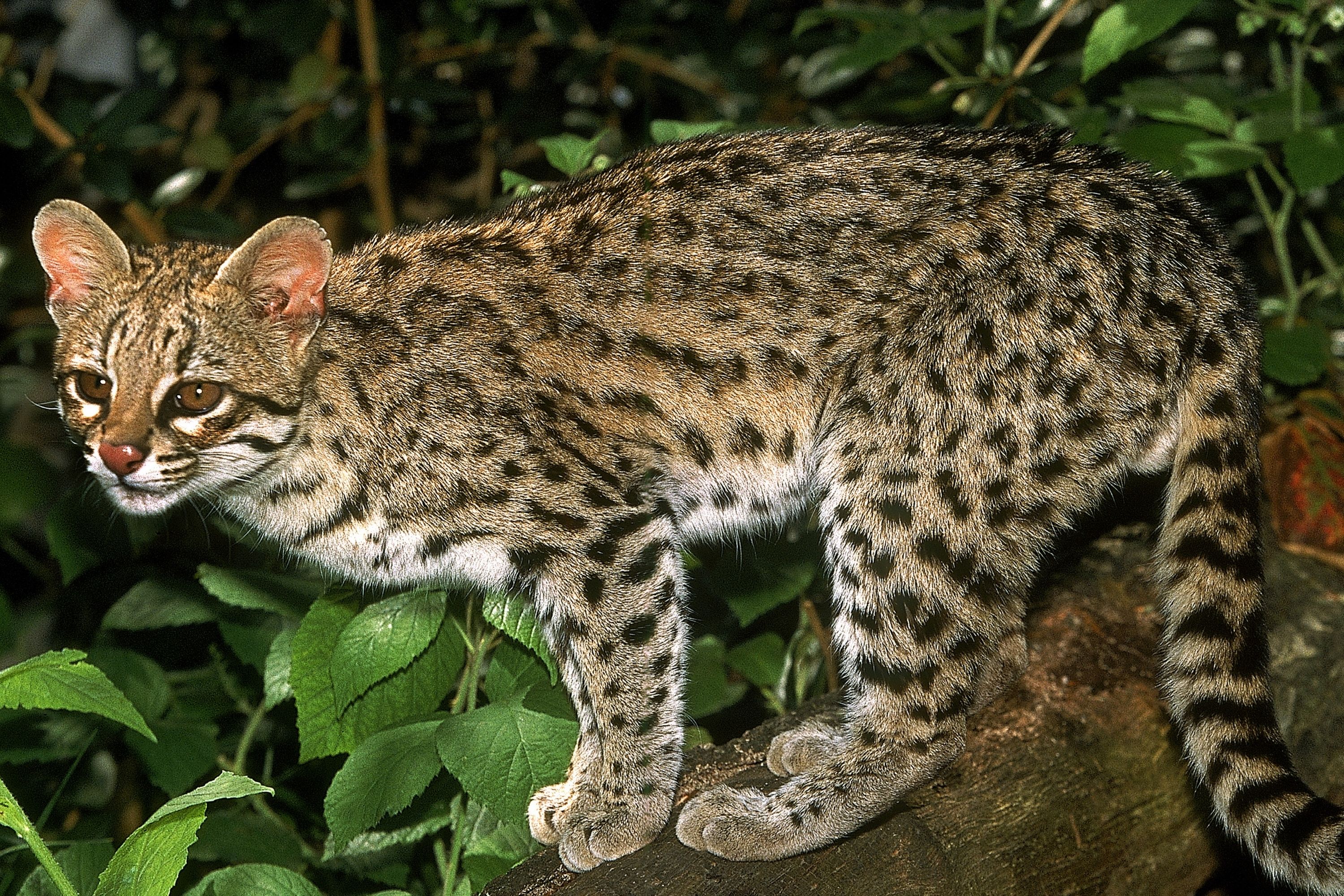Oncilla
(Leopardus tigrinus)

Description
The oncilla (Leopardus tigrinus), also known as the northern tiger cat, little spotted cat, and tigrillo, is a small spotted cat ranging from Central America to central Brazil. It is listed as Vulnerable on the IUCN Red List, and the population is threatened by deforestation and conversion of habitat to agricultural land. In 2013, it was proposed to assign the oncilla populations in southern Brazil, Paraguay, and Argentina to a new species: the southern tiger cat (L. guttulus), after it was found that it does not interbreed with the oncilla population in northeastern Brazil. The oncilla is distributed from a disjunct population in Costa Rica and Panama, and throughout the Amazon basin to central Brazil. It was recorded in Costa Rica's cloud forests, in the northern Andes at elevations of 1,500 to 3,000 m (4,900 to 9,800 ft) and in dry Cerrado and Caatinga landscapes of northern Brazil. In Panama, it was recorded in Darién, and in Volcán Barú National Parks. In Colombia, it was recorded in the Cordillera Occidental at elevations of 1,900 to 4,800 m (6,200 to 15,700 ft) in Los Nevados National Natural Park, and in Antioquia Department. The oncilla resembles the margay (L. wiedii) and the ocelot (L. pardalis), but it is smaller, with a slender build and narrower muzzle. Oncillas are one of the smallest wild cats in South America, reaching a body length of 38 to 59 cm (15 to 23 in) with a 20 to 42 cm (7.9 to 16.5 in) long tail. While this is somewhat longer than the average domestic cat, the oncilla is generally lighter, weighing 1.5 to 3 kg (3.3 to 6.6 lb). The fur is thick and soft, ranging from light brown to dark ochre, with numerous dark rosettes across the back and flanks. The underside is pale with dark spots and the tail is ringed. The backs of the ears are black with bold white spots. The rosettes are black or brown, open in the center, and irregularly shaped. The legs have medium-sized spots tapering to smaller spots near the paws. This coloration helps the oncilla blend in with the mottled sunlight of the tropical forest understory. The oncilla's jaw is shortened, with fewer teeth, but with well-developed carnassials and canines. Some melanistic oncillas have been reported from the more heavily forested parts of its range. The oncilla is a primarily terrestrial animal, but is also an adept climber. Like all cats, the oncilla is an obligate carnivore, requiring meat for survival.
Taxonomic tree:







